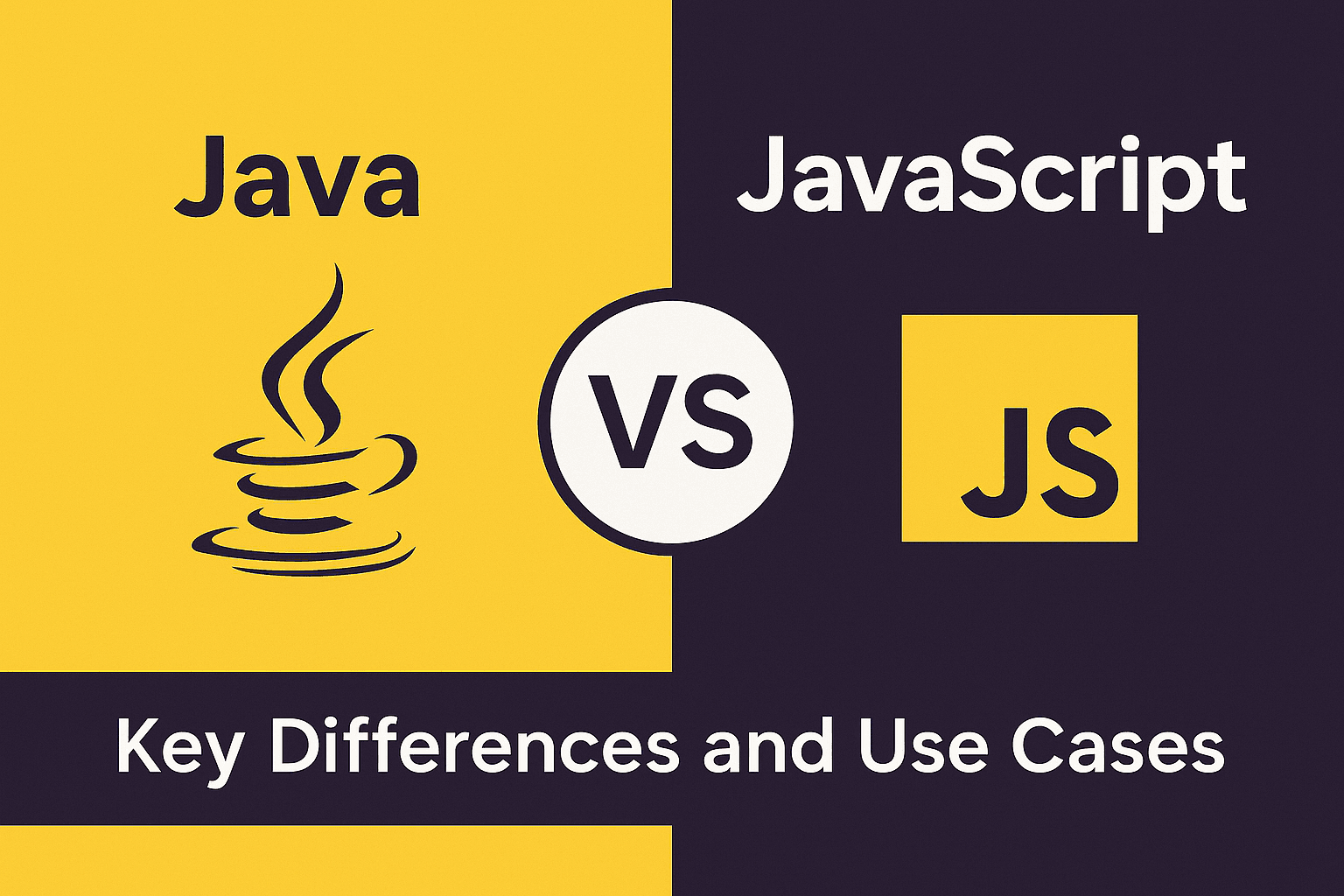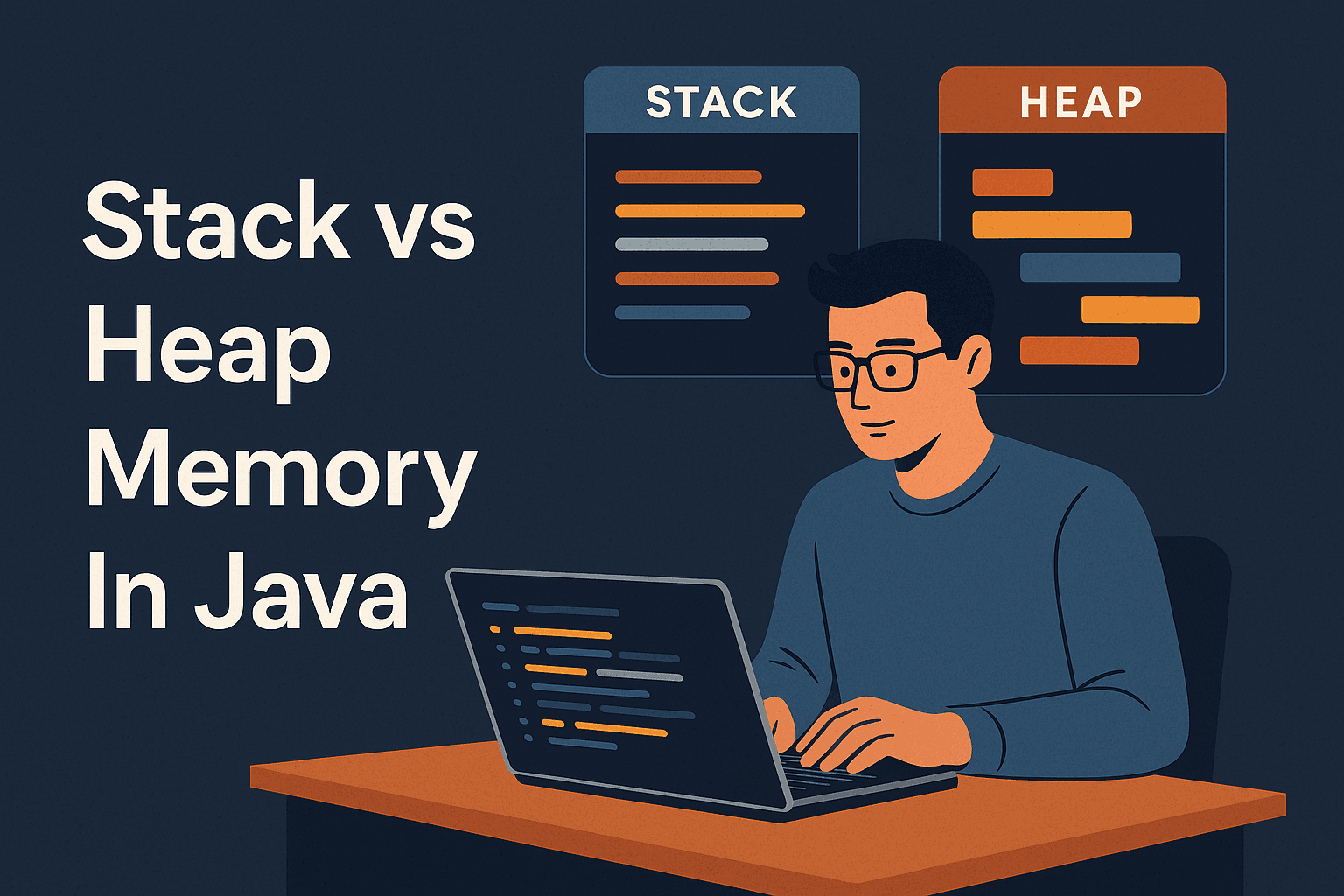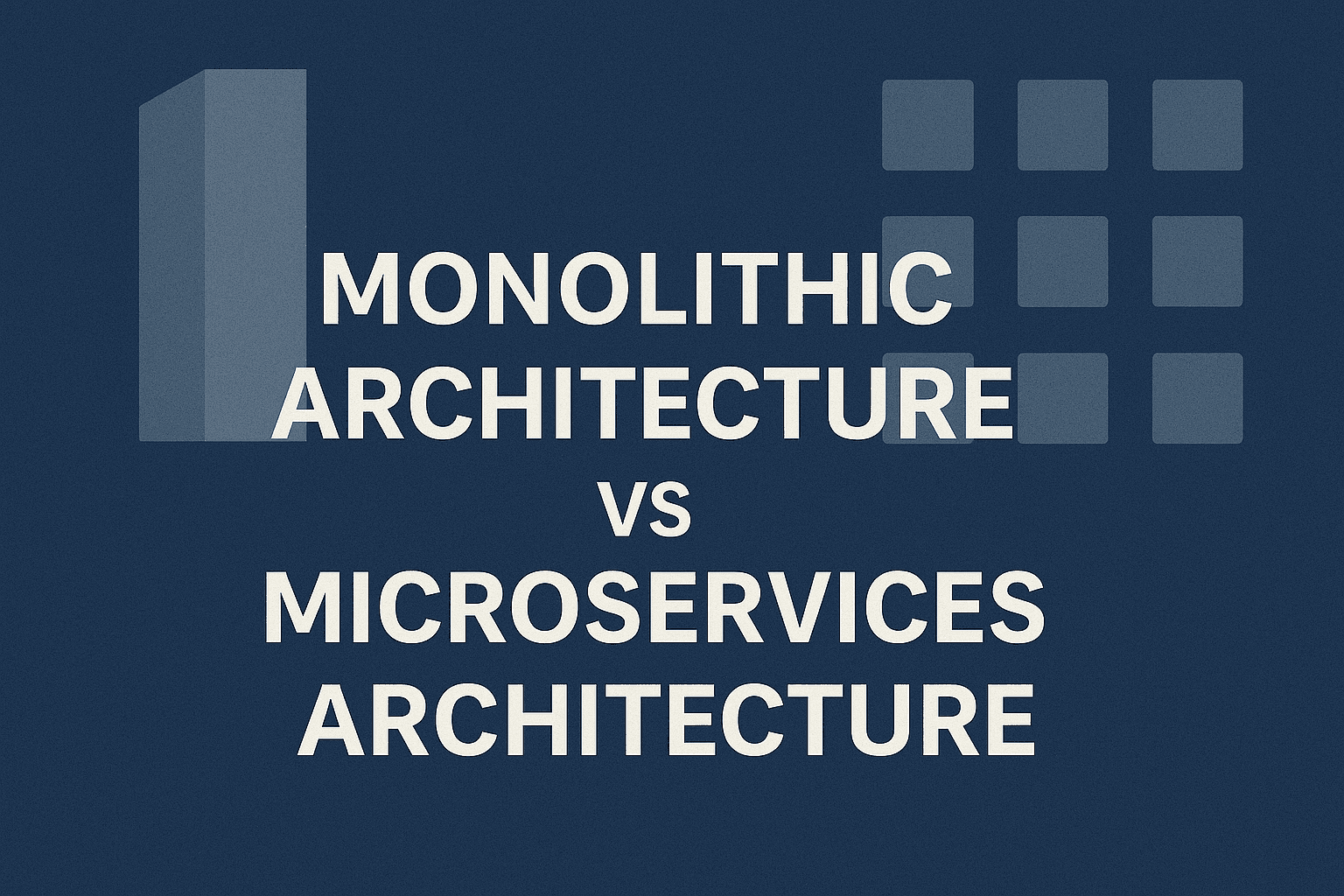
The Showdown: Should You Build Monolithic or Go Microservices?
Learn the key differences between Monolithic and Microservices architectures with real-world examples, use cases, and a quick comparison table. Perfect guide for system design interviews and modern software development.
Munaf Badarpura
July 18, 2025
4 min read
If you are diving into the world of system design, there is high chance of you have heard about Monolithic Architecture and Microservices Architecture. Because these are most common ways to structure software. Both have their strengths, but they are suited for different scenarios.
In this article, i will explain both Monolithic and Microservices Architecture with key differences. This will help you decide which one to use in system design interviews and when developing real-world applications.
Monolithic Architecture#
Monolith architecture refers to a traditional software design approach where an entire application is built as a single, indivisible unit, typically comprising multiple interconnected components or modules.
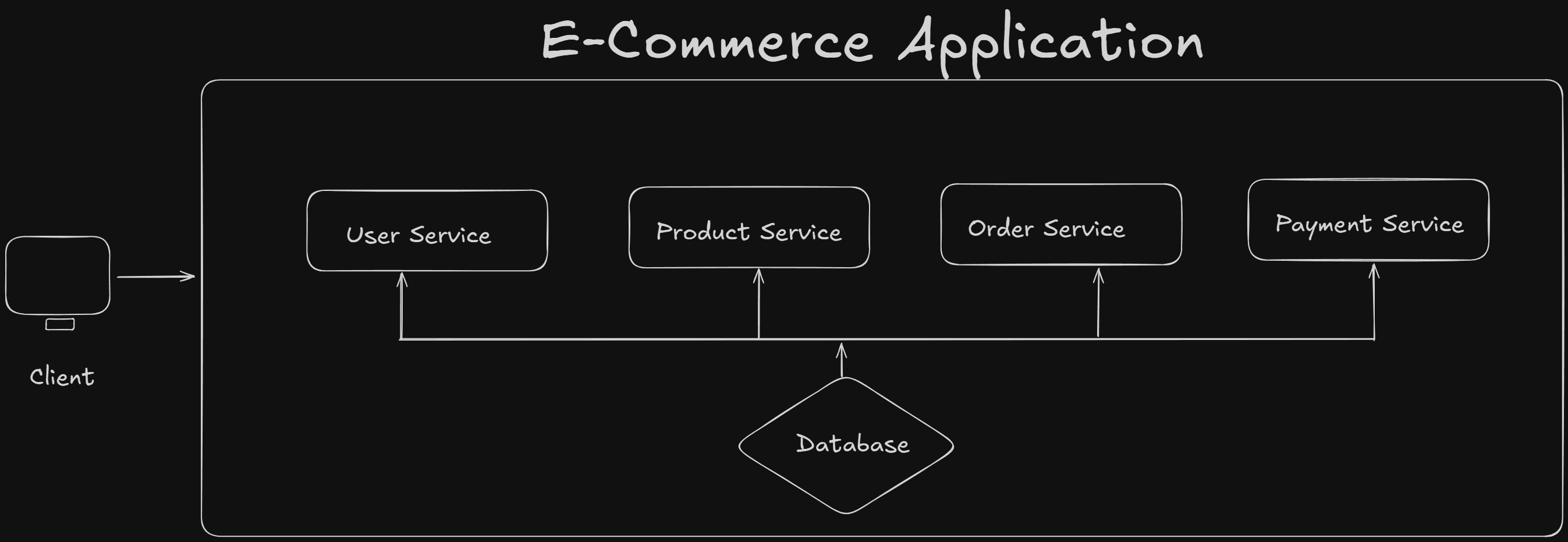
In this architecture, all functionalities, such as user interface, business logic, and data access, are tightly coupled within the same codebase.
Microservices Architecture#
Microservices architecture is an architectural style where an application is composed of loosely coupled, independently deployable services, each responsible for a specific business function.
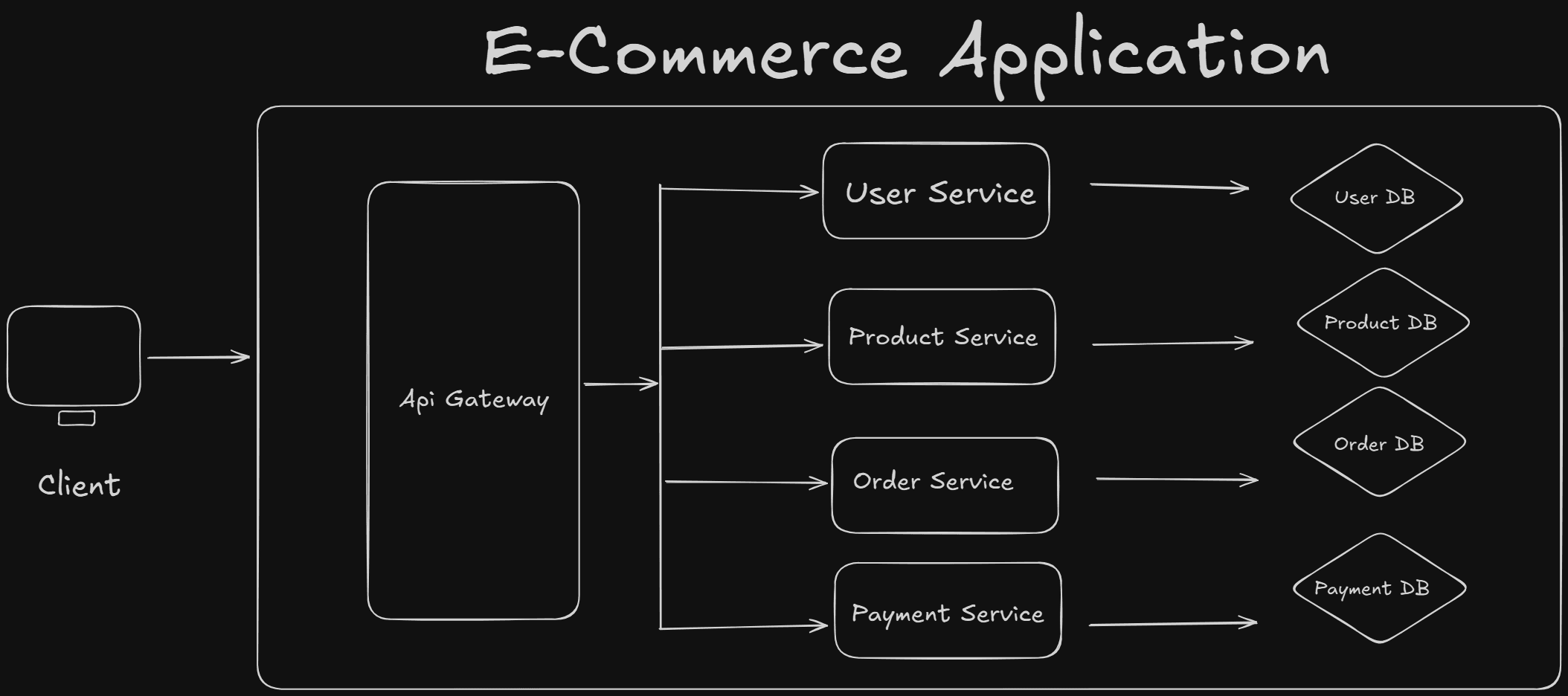
These services communicate through well-defined APIs and can be developed, deployed, and scaled independently, allowing for greater agility, flexibility, and resilience in complex software systems.
Key Differences Between Monolithic and Microservices Architecture#
1. Structure#
Monolithic : Everything is in one codebase—frontend, backend, database access, and business logic. It’s a single, tightly coupled unit.
Microservices : The application is split into small, independent services, each with its own codebase and database (if needed). Services are loosely coupled and communicate over a network.
2. Development and Maintenance#
Monolithic : Easier to develop and test for small apps since everything is in one place. However, as the codebase grows, it can become complex and hard to maintain.
Microservices : More complex to develop because you’re managing multiple services, but each service is smaller and easier to understand. Teams can work on different services independently.
3. Deployment#
Monolithic : Deployed as a single unit. If you update one part (e.g., a bug fix in the user module), you redeploy the entire app, which can be risky and slow.
Microservices : Each service is deployed independently. You can update the OrderService without touching the UserService, making deployments faster and less risky.
Example (Deployment Impact):
- Monolithic: Change a single endpoint, and you redeploy the entire app, potentially causing downtime.
- Microservices: Update the OrderService endpoint, and only that service is redeployed.
4. Scalability#
Monolithic : Scaling means replicating the entire app (e.g., running multiple instances). If one part (like order processing) is resource-heavy, you scale everything, which can be inefficient.
Microservices : You can scale individual services. If the OrderService gets heavy traffic, you scale just that service, saving resources.
5. Technology Stack#
Monolithic : Typically uses a single technology stack (e.g., Java with Spring for everything). Changing tech (e.g., from Java to Python) is a major overhaul.
Microservices : Each service can use a different tech stack. For example, OrderService could use Java/Spring, while UserService uses Python/Flask, giving flexibility.
6. Communication#
Monolithic : Components communicate within the same process (e.g., method calls), which is fast but tightly coupled.
Microservices : Services communicate over a network (e.g., REST APIs, message queues), which adds latency but keeps services independent.
Here, OrderService calls UserService over HTTP, showing how microservices interact.
7. Complexity#
Monolithic : Simpler for small apps but can become a “big ball of mud” as complexity grows, making debugging and updates harder.
Microservices : More complex due to distributed systems (e.g., managing network failures, service discovery). Tools like Docker and Kubernetes help, but there’s a learning curve.
Quick Comparison Table#
| Feature | Monolithic Architecture | Microservices Architecture |
|---|---|---|
| Structure | Single codebase | Multiple independent services |
| Development | Simpler for small apps, complex for large | Complex but modular |
| Deployment | Single deployment, riskier | Independent deployments, safer |
| Scalability | Scales entire app | Scales individual services |
| Tech Stack | Single stack | Multiple stacks possible |
| Communication | In-process (fast, coupled) | Over network (slower, decoupled) |
| Complexity | Simpler initially, harder to maintain | More complex, easier to maintain |
When to Use Monolithic Architecture#
Choose a Monolithic Architecture when:
- You’re building a small or medium-sized app with straightforward requirements.
- You want simpler development and deployment processes.
- Your team is small, and you don’t need to manage multiple services.
- You’re working on a proof-of-concept or startup MVP where speed to market matters.
Example Use Cases:
- Small e-commerce sites
- Internal tools or dashboards
- Simple CRUD applications
When to Use Microservices Architecture#
Choose a Microservices Architecture when:
- You’re building a large, complex application that needs to scale.
- You want team autonomy, where different teams can work on separate services.
- You need flexibility to use different tech stacks or scale specific components.
- You’re working on cloud-native or high-traffic systems (e.g., Netflix, Amazon).
Example Use Cases:
- Large-scale e-commerce platforms (e.g., order, payment, and inventory services)
- Streaming services (e.g., user profiles, video processing)
- Microservices-based APIs for mobile apps
Conclusion#
Both Monolithic and Microservices Architectures have their place in software development. Monoliths architecture where an entire application is built as a single, indivisible unit and Microservices architecture where an application is composed of loosely coupled, independently deployable services.
Want to Master Spring Boot and Land Your Dream Job?
Struggling with coding interviews? Learn Data Structures & Algorithms (DSA) with our expert-led course. Build strong problem-solving skills, write optimized code, and crack top tech interviews with ease
Learn more